How to get stains out of a mattress topper – all-natural steps for a sanitary and sustainable sleep
Bedding experts share their top tips for tackling tricky stains


Ottilie Blackhall
Accidental mattress topper stains and spills happen. Whether it's a wobble of your morning cup of coffee, pets on your bed, or perhaps you're a sweaty sleeper – your mattress topper will need cleaning.
Luckily, there's no need to buy any specialist cleaning supplies to remove stains from a mattress topper, and most of the supplies you need are likely already stashed in your pantry.
Here, professional bedding experts share their cleaning tips for a spotless and stain-free mattress topper, to guarantee a good night's sleep and banish bacteria.
How to get stains out of a mattress topper
Step 1: Strip the bed and check the care label

First things first, you will need to remove all of your bedding. This is the perfect time to wash your pillows, wash your bed sheets, protectors, and shams – just ensure you check the laundry symbols on each item before popping them in your washer.
You should also take the time to read the care label on your mattress topper before getting started on stain removal, as the advice may differ depending on the type of topper you have.
Step 2: Spot treat, according to the type of stain

Ideally, you should spot-treat any spills as soon as they happen, though some stains may go unnoticed or build up over time. If you suffer from overheating at night, for example, light marks will appear where you tend to lie and sweat when you sleep. If you notice this happening consistently, it might be worth considering if there are things making your bedroom too hot.
Luckily, for almost all stains, Drew Miller, sleep consultant at Sit 'n Sleep, says, 'You can use a combination and clean with baking soda and white distilled vinegar,' such as the White Distilled Vinegar available at Target.
Importantly, if you are treating wet stains caused by a recent spill, blot the area dry with an old towel or microfiber cloth, such as the HOMEXCEL Microfiber Cleaning Cloth available at Amazon. Keeping in mind the golden rules of stain removal, don't rub or scrub too hard as this may push the stain deeper into the topper.
For old, dry stains, you will want to slightly wet the area with a damp cloth or a spritz of water in a spray bottle, such as the Plastic Spray Bottle available at Amazon, before adding any commercial or homemade cleaning solutions.
The treatment you use will depend on the type of stain you're dealing with:
- Coffee stains: It's notoriously tricky to remove coffee stains, but Christina Heiser, in-house mattress expert at Saatva, says, 'Dish soap and vinegar is the best way to release deep coffee stains.' We recommend Dawn Ultra Liquid Dish Soap available at Walmart for this, for it's ultra powerful, concentrated cleaning power.
- Oil-based products: Grease from food or lotions is arguably the toughest to tackle, as you won't see the stain right away. The solution, though, is simple. First, sprinkle some baking soda, such as the Great Value Baking Soda available at Walmart to absorb oils. Let it sit for 20 minutes and then use your best handheld vacuum to vacuum the area. After, dab a mixture of dish soap and hot water onto the area, to break down any residual oils, before blotting dry.
- Blood stains: To remove tough blood stains, you should use white vinegar and cold water. Apply vinegar to the area and leave it to soak for 10 minutes, blot dry and repeat. Then, use a cloth dipped in cold water to release the topper of any vinegar residue. Don't worry, the strong smell of vinegar will dissipate.
- Urine stains: For urine odors, Heiser says, 'Non-toxic, natural enzyme cleaners such as Simple Solution Extreme Pet Stain and Odor Eliminator Spray available at Amazon, which chemically break down stains and odors, should do the trick in many cases.' Always follow manufacturer's instructions, and, if stains aren't shifting, put aside at-home laundry tips and take your topper to the dry cleaners.
All prices correct at time of publication.
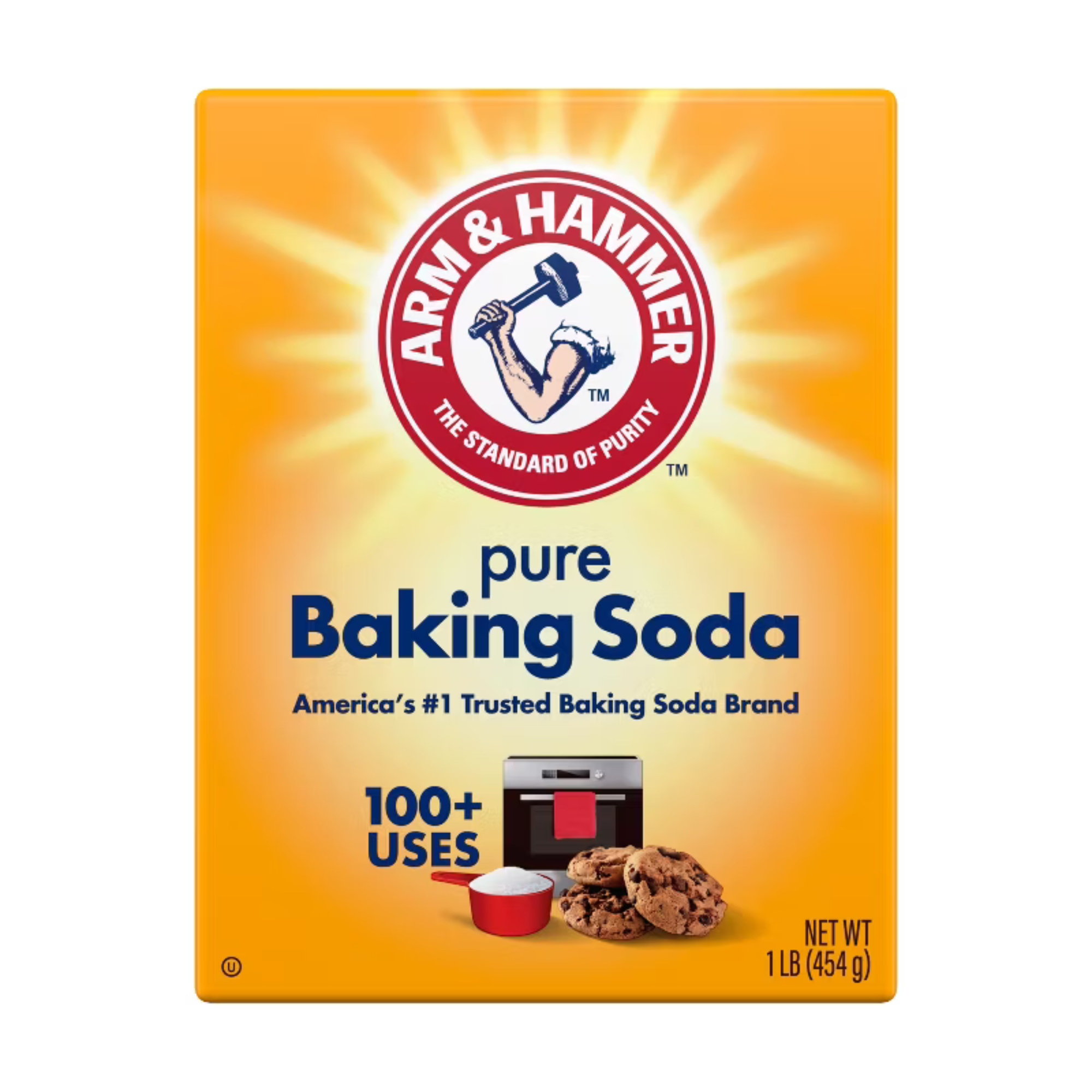
For cleaning, cooking and deodorizing, this budget-friendly baking soda has powerful cleaning abilities while being gentle on fabrics and surfaces.
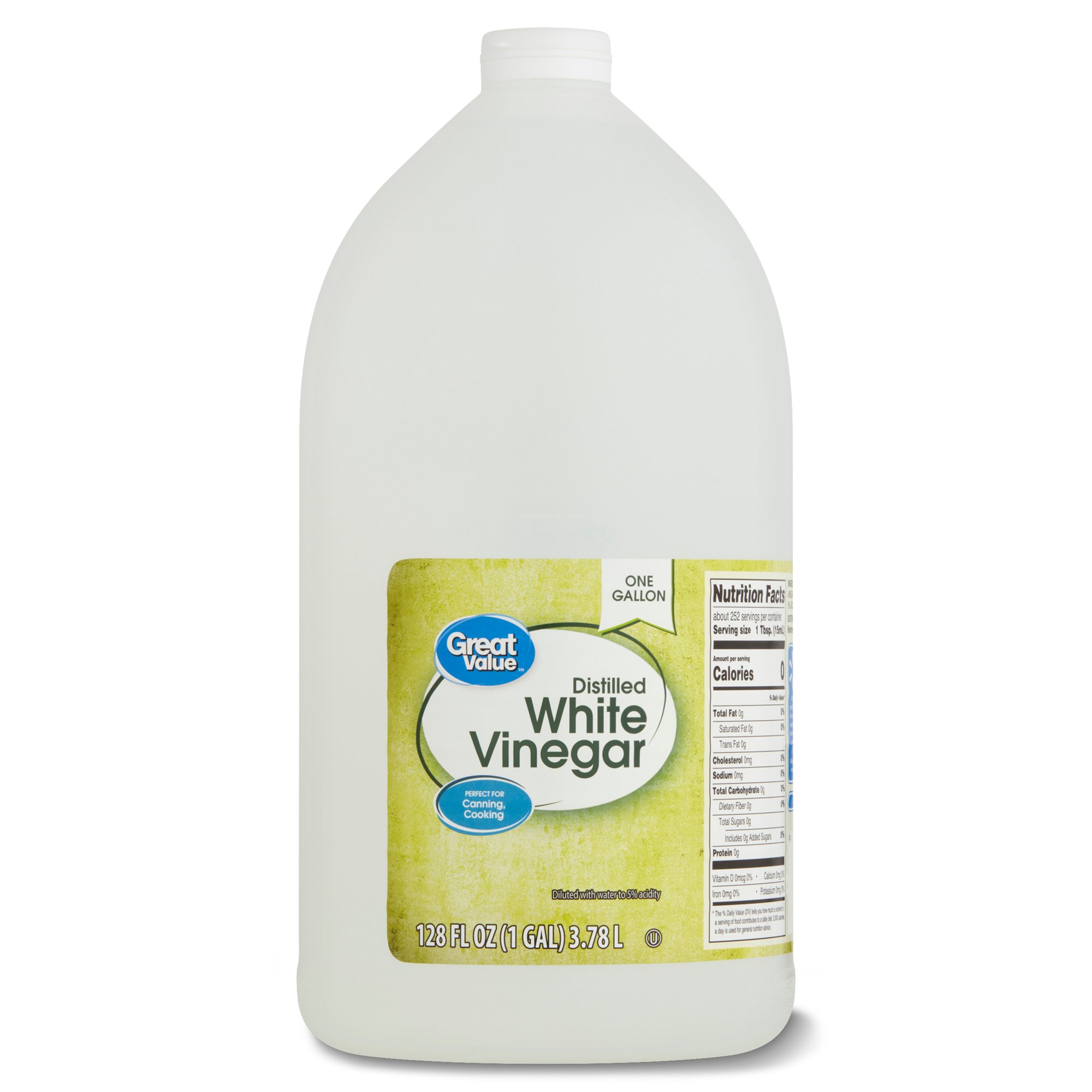
There aren't many cleaning conundrums that can't be solved by cleaning with vinegar, and this one is diluted to a 5% acidity to pack a punch without harsh chemicals.
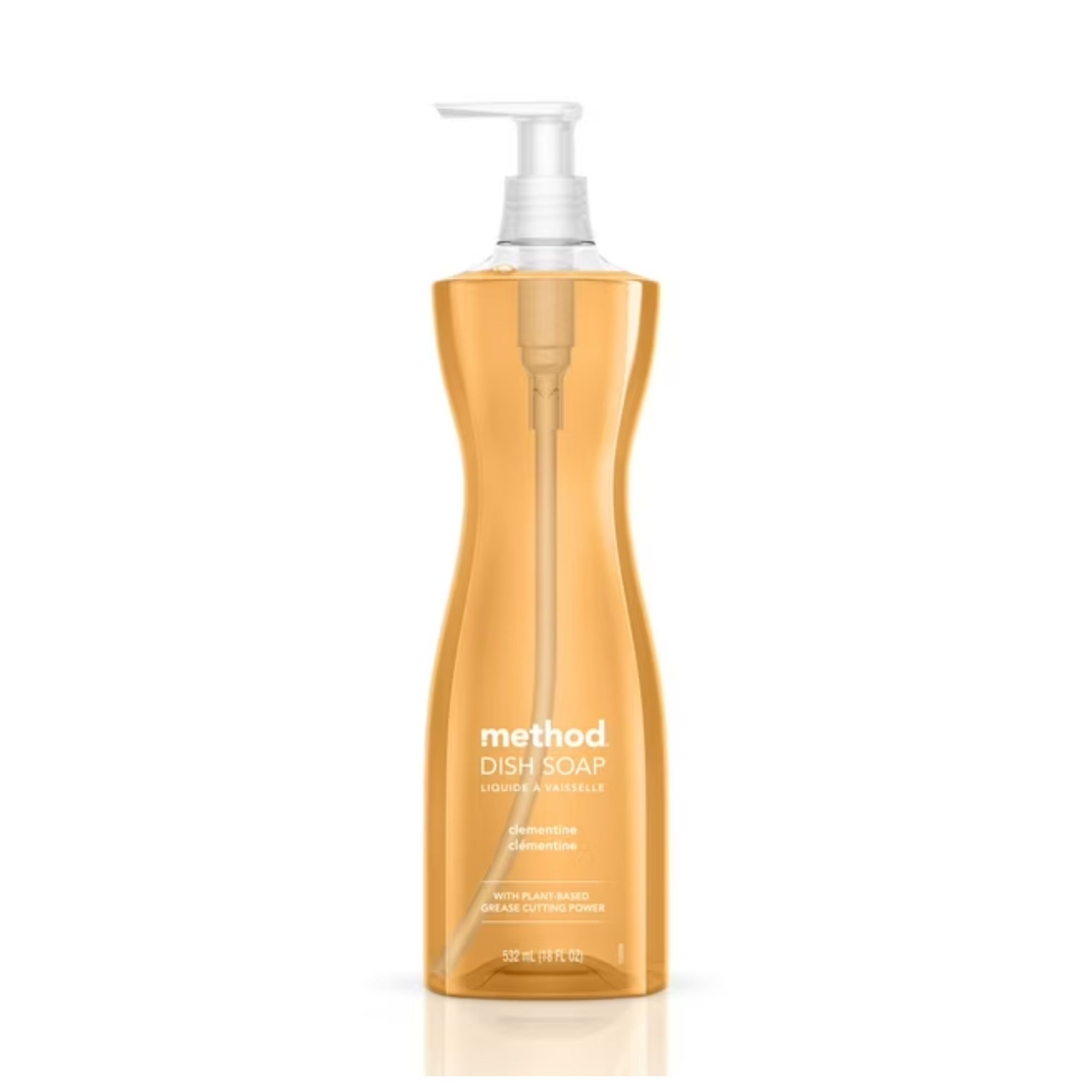
Harnessing the power of plants, this vegan and cruelty-free dish soap is made without parabens and phthalates.
Step 3: Deodorize your mattress topper

While this final step is optional, we'd always recommend deodorizing your topper with baking soda, which is a natural deodorizer and will work to eliminate any lingering odors.
Mattress expert Heiser suggests sprinkling the whole surface of your topper with up to a full one-pound box of baking soda, particularly if this is the first time treating stains and odors on your topper in a while. 'Leave it on for at least four hours – a full day is best, if possible,' she advises.
You can also had a few drops of your favorite essential oil, such as the Lavender Essential Oil available at Amazon, to the baking soda, or use a scented DIY linen spray.
Finally, vacuum it up using your handheld vacuum, or the upholstery attachment on your best vacuum.
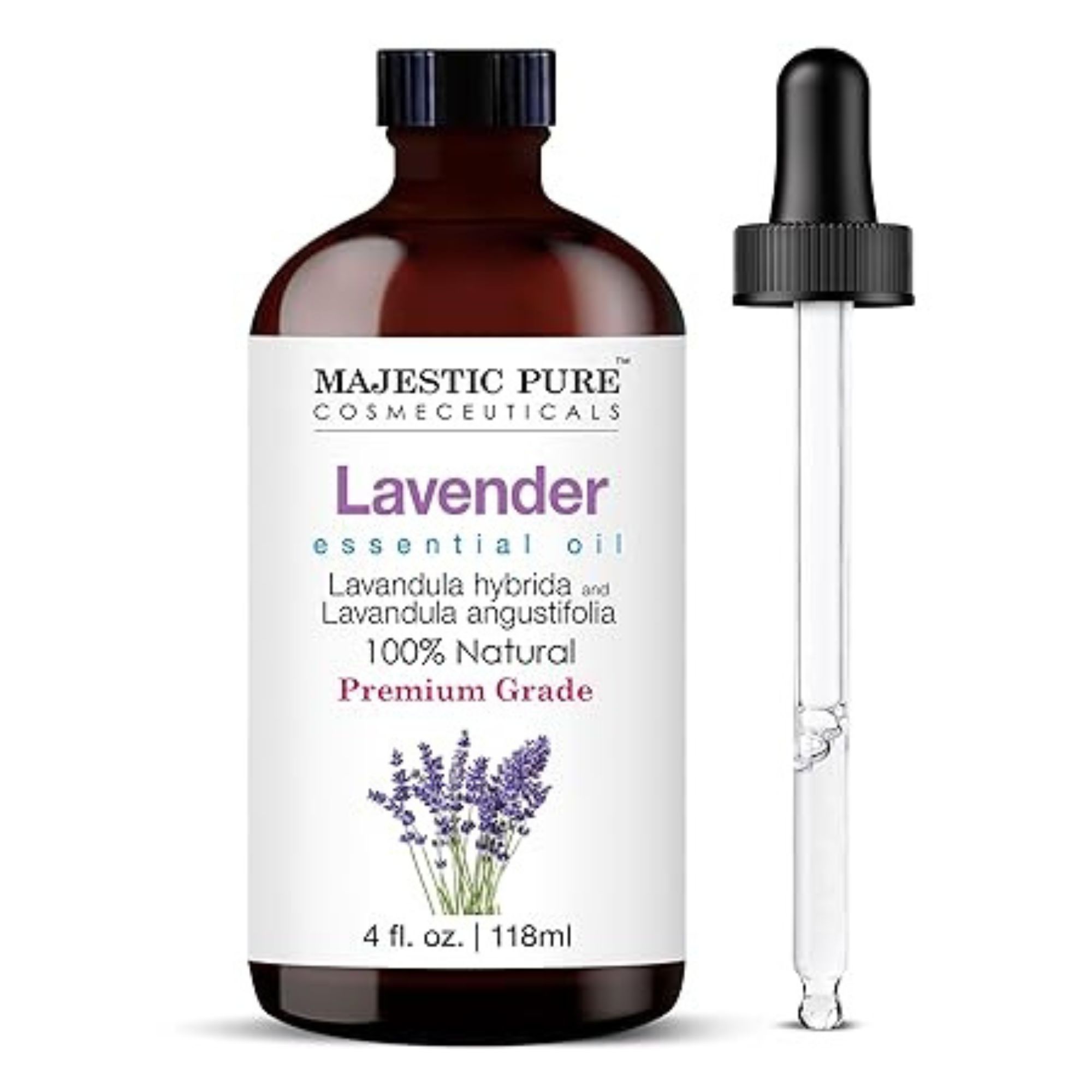
This 100% natural essential oil has no additives or fillers, and it can be used in your best essential oil diffuser, too.
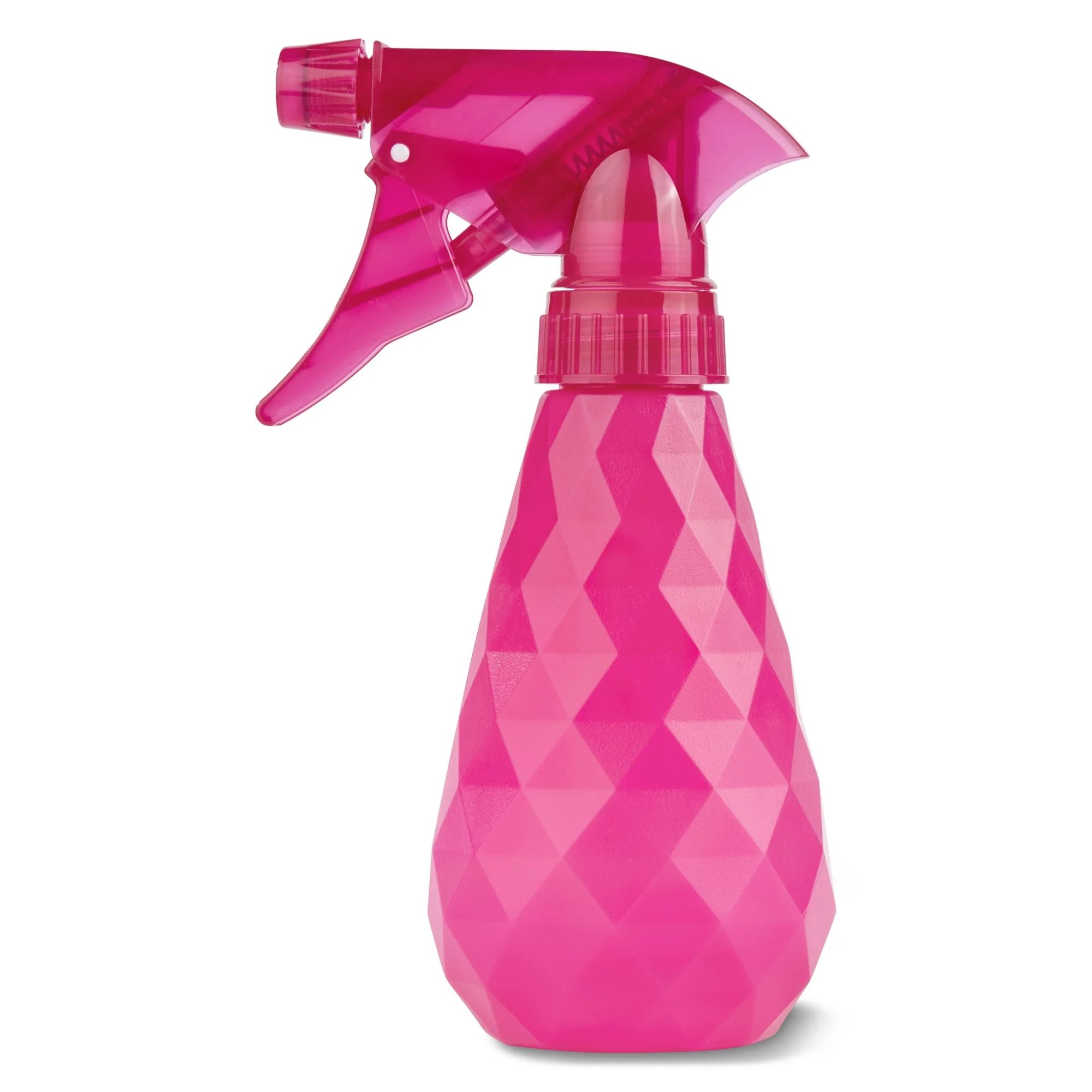
This all-purpose spray bottle features an adjustable sprayer, from a mist to a stream, and a comfortable two-grip trigger.

This premium grade oil has a natural, uplifting scent, which works well to get rid of musty smells in a bedroom.
Step 4: Let the mattress topper air-dry completely

Your mattress topper should not be too damp at any point, but there may still be some moisture lingering. To avoid the risk of mold and mildew build-up, or spotting any signs of mold on your mattress, allow your mattress topper enough time to completely dry before putting it back on the bed.
It's best to make the most of the benefits of air-drying laundry, and leaving it outside in the sun on a warm day is a great way to speed up the drying process. UV rays will also help to eliminate any remaining bacteria.
FAQs
Can I bleach my mattress topper?
If you are struggling with deep, tough stains, it is easy to assume bleaching the affected area will lift any discoloration. But, mattress toppers are one of the items you should never clean with bleach, as harsh cleaners like bleach or hydrogen peroxide can damage the mattress topper's composition, especially if you have a memory foam mattress topper. Bleach may also spread the stain, rather than remove it.
Why did my mattress topper turn yellow?
You don't have to directly have any spills to stain your mattress topper; a natural build-up of sweat and body oil can cause your topper to yellow over time. To help prevent this, you should wash your mattress topper every three months – better yet, invest in one of the best mattress protectors.
Can you wash a mattress protector? While they can prevent your mattress topper from becoming stained, it's still important to clean them regularly.
Sign up to the Homes & Gardens newsletter
Design expertise in your inbox – from inspiring decorating ideas and beautiful celebrity homes to practical gardening advice and shopping round-ups.

Louise is your eCommerce Editor and sleep specialist to help you wind down well. A connoisseur of the mattress world, Louise previously covered sleep and wellness (as well as the occasional organizational buy) at Real Homes, and has tried, tested, and reviewed some of the buys for your bedroom. With an MA in International Journalism and PR experience, Louise brings bags of bedding expertise and enjoys nothing more than helping readers find solutions and products that best suit their sleep needs.
- Ottilie BlackhallNews Writer
-
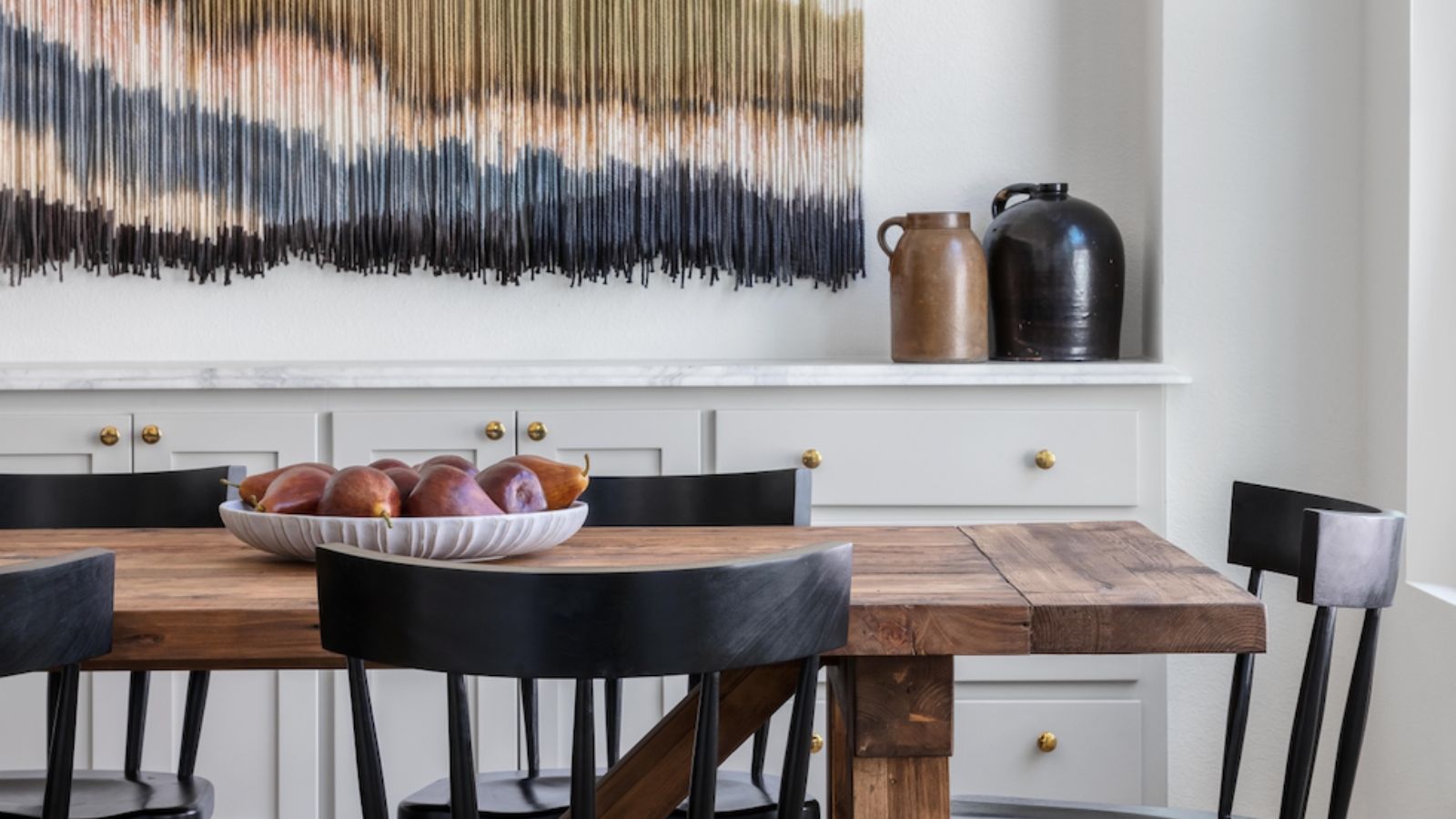 How the 'ODT' method can help you to tackle your overwhelming decluttering checklist – and streamline the process from start to finish
How the 'ODT' method can help you to tackle your overwhelming decluttering checklist – and streamline the process from start to finishAvoid 'analysis paralysis' and tick off tasks quickly and easily by making just one decision at a time
By Ottilie Blackhall Published
-
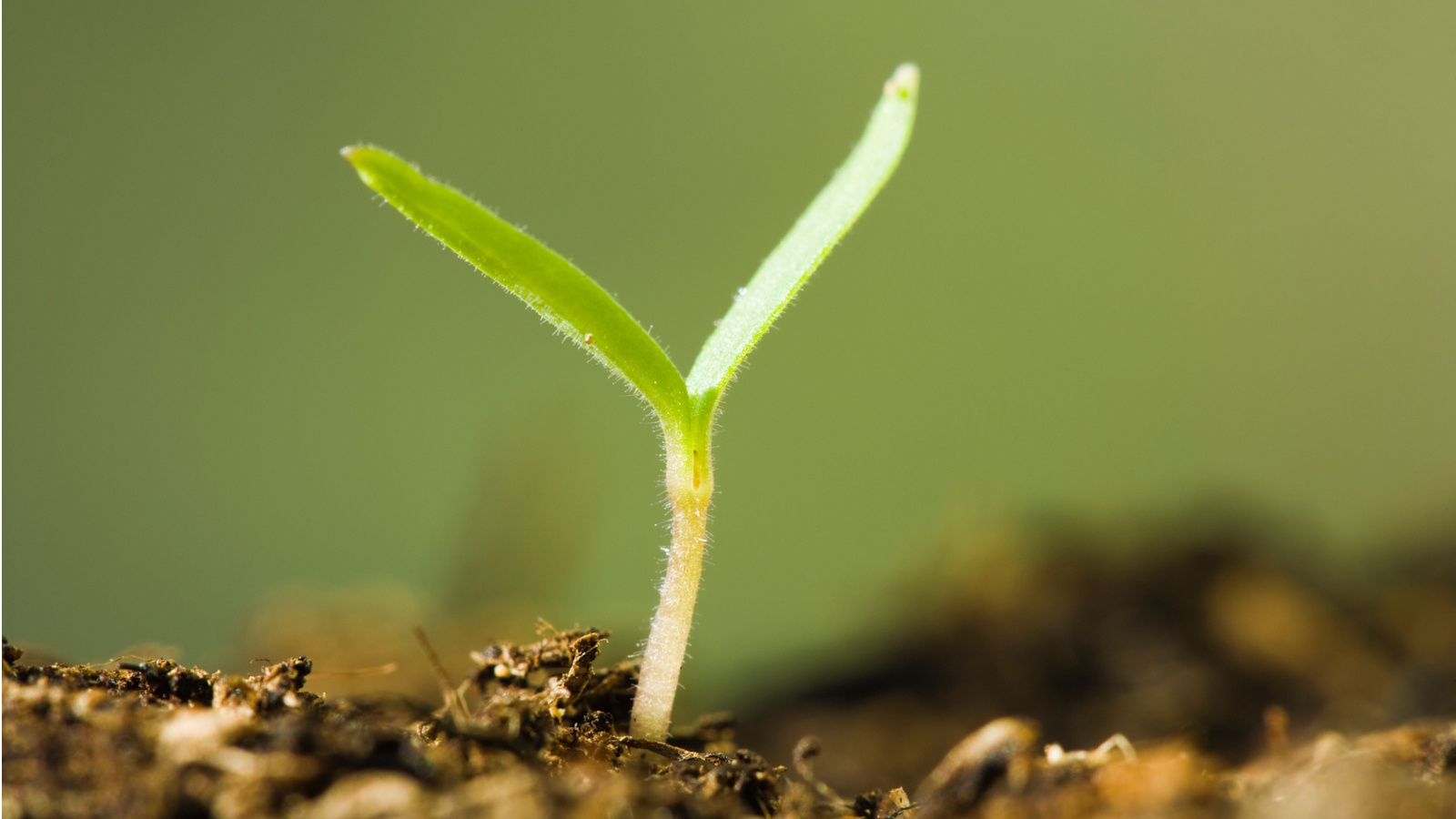 Experts say to only use homemade compost after testing it with this fail-safe method – they say it will guarantee healthy soil and support plant growth
Experts say to only use homemade compost after testing it with this fail-safe method – they say it will guarantee healthy soil and support plant growthSimply grab some fast-growing seeds and observe how they germinate in your compost
By Tenielle Jordison Published
-
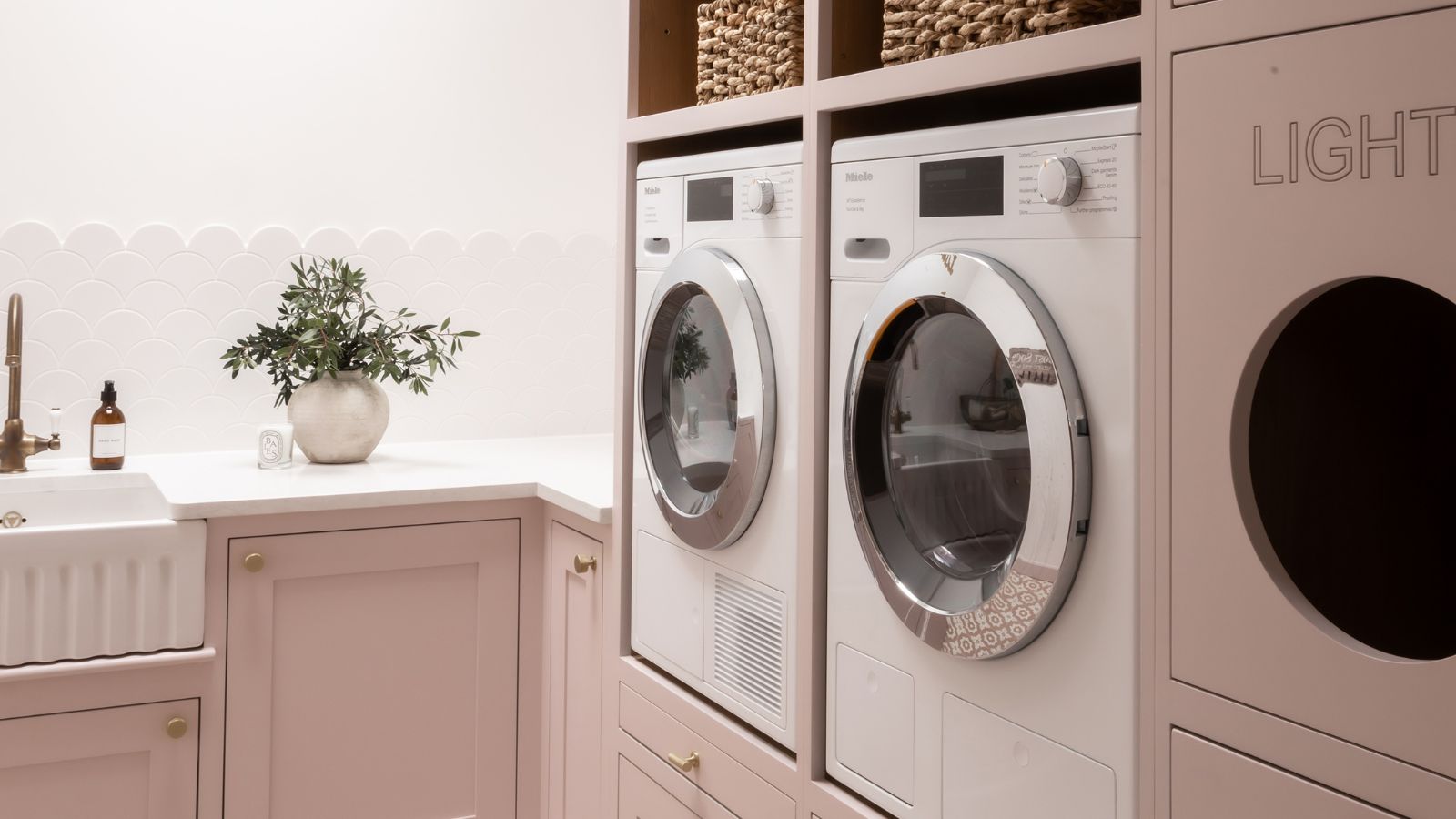 My cheap dehumidifier makes easy work of air drying laundry indoors despite the humidity of spring showers – get yours on sale for just $49 now
My cheap dehumidifier makes easy work of air drying laundry indoors despite the humidity of spring showers – get yours on sale for just $49 nowIt's useful for lots of things around my home
By Punteha van Terheyden Published
-
 Looking for a natural laundry-softening alternative? I'm a professional cleaner and it's time to ditch synthetic ones for 5 non-toxic softeners that work
Looking for a natural laundry-softening alternative? I'm a professional cleaner and it's time to ditch synthetic ones for 5 non-toxic softeners that workRefresh your laundry routine with these fabric softener alternatives
By Karina Toner Published
-
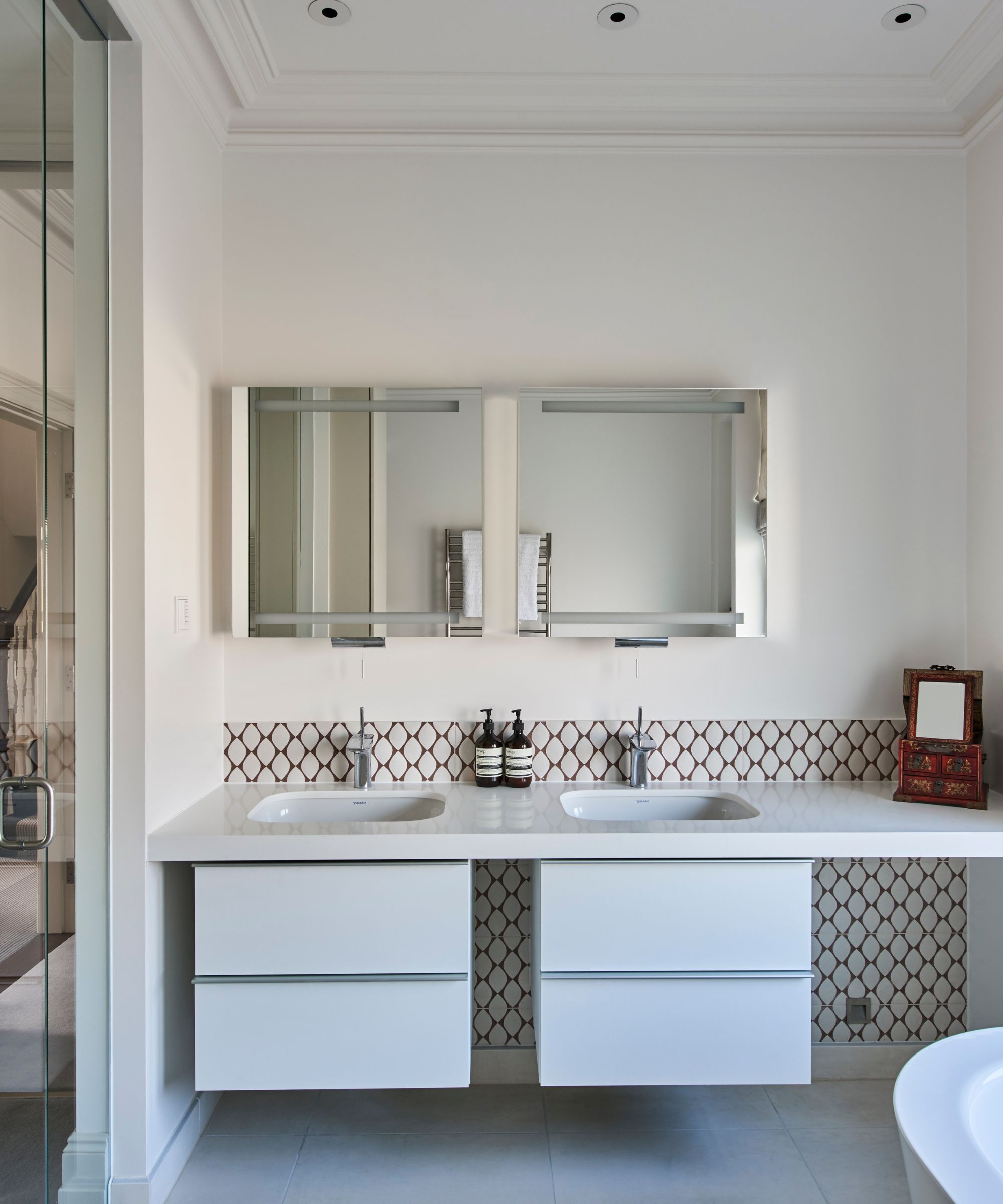 Unlock the magical mold-killing and stain-busting superpower of this humble household ingredient that costs just 50 cents
Unlock the magical mold-killing and stain-busting superpower of this humble household ingredient that costs just 50 centsIf you have aspirin in the house, you can use it to banish mold
By Ottilie Blackhall Published
-
 5 warning signs you're using the wrong amount of detergent – avoid greasy residue, stiff fabrics and skin issues with these simple cleaner-approved tips
5 warning signs you're using the wrong amount of detergent – avoid greasy residue, stiff fabrics and skin issues with these simple cleaner-approved tipsPlus, why it's important to get the amount just right
By Ottilie Blackhall Published
-
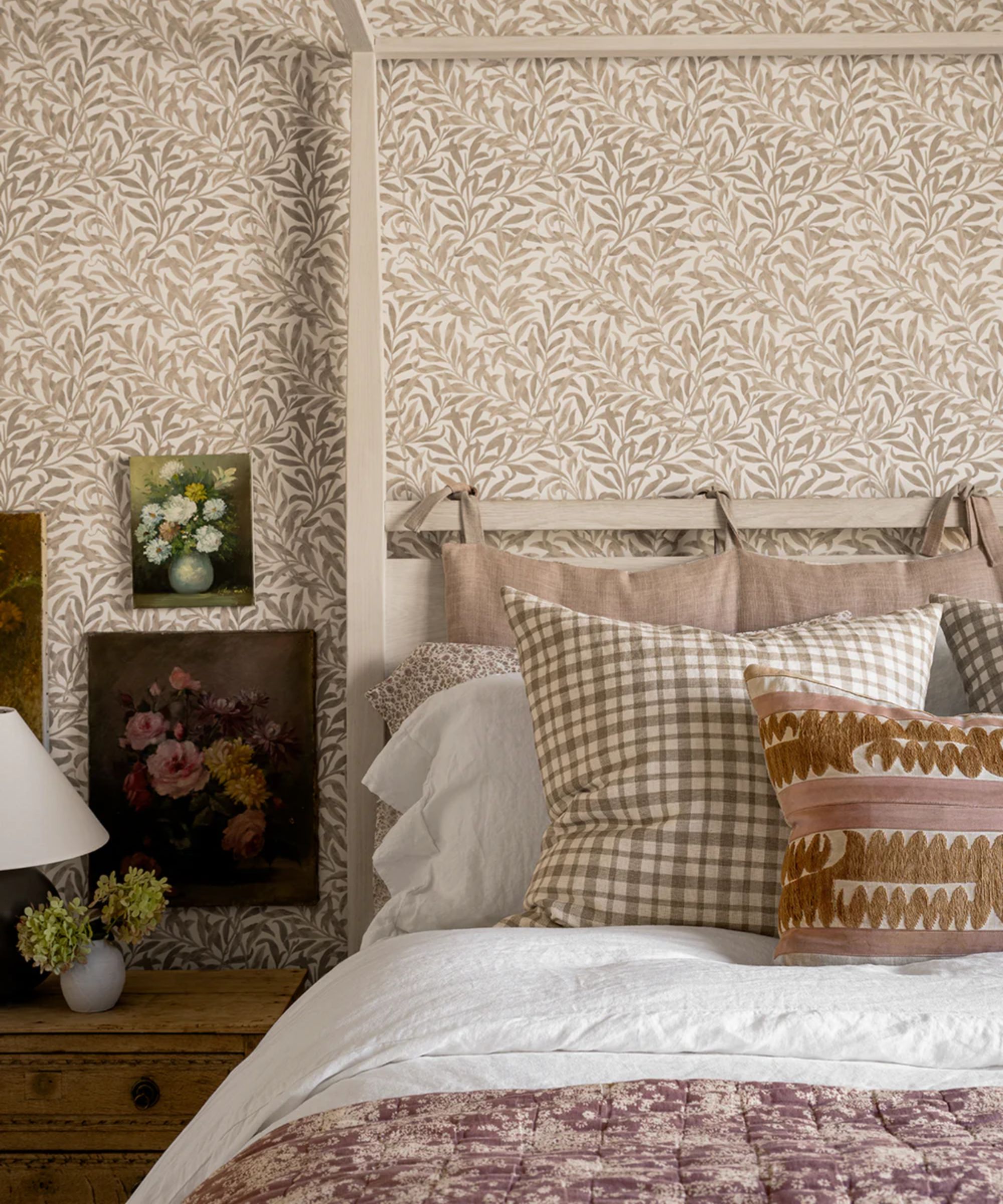 6 ways to prevent mold and damp in bedrooms – expert solutions to maintain a safe sleep environment
6 ways to prevent mold and damp in bedrooms – expert solutions to maintain a safe sleep environmentDon't sleep on these six tips, experts urge
By Seraphina Di Mizzurati Published
-
 Laundry experts reveal 7 unexpected washing rules you can throw out the window – from separating fabrics to mixing whites and colors
Laundry experts reveal 7 unexpected washing rules you can throw out the window – from separating fabrics to mixing whites and colorsForget everything you thought you knew
By Ottilie Blackhall Published
-
 Using this button on your washing machine will cut your bills and help the planet
Using this button on your washing machine will cut your bills and help the planetA single switch can make a load of difference
By Chiana Dickson Published
-
 Experts reveal the 5 toxic items lurking in your laundry room – and what to swap them with for a healthier routine
Experts reveal the 5 toxic items lurking in your laundry room – and what to swap them with for a healthier routineFor a room focused on cleaning, some of its items can be surprisingly toxic
By Chiana Dickson Published